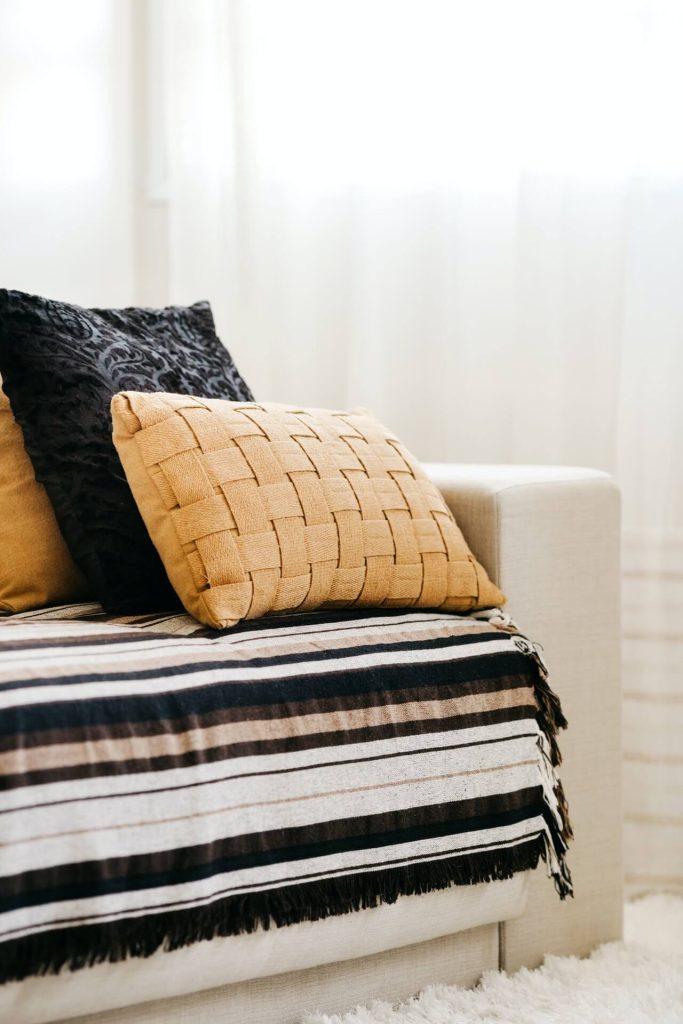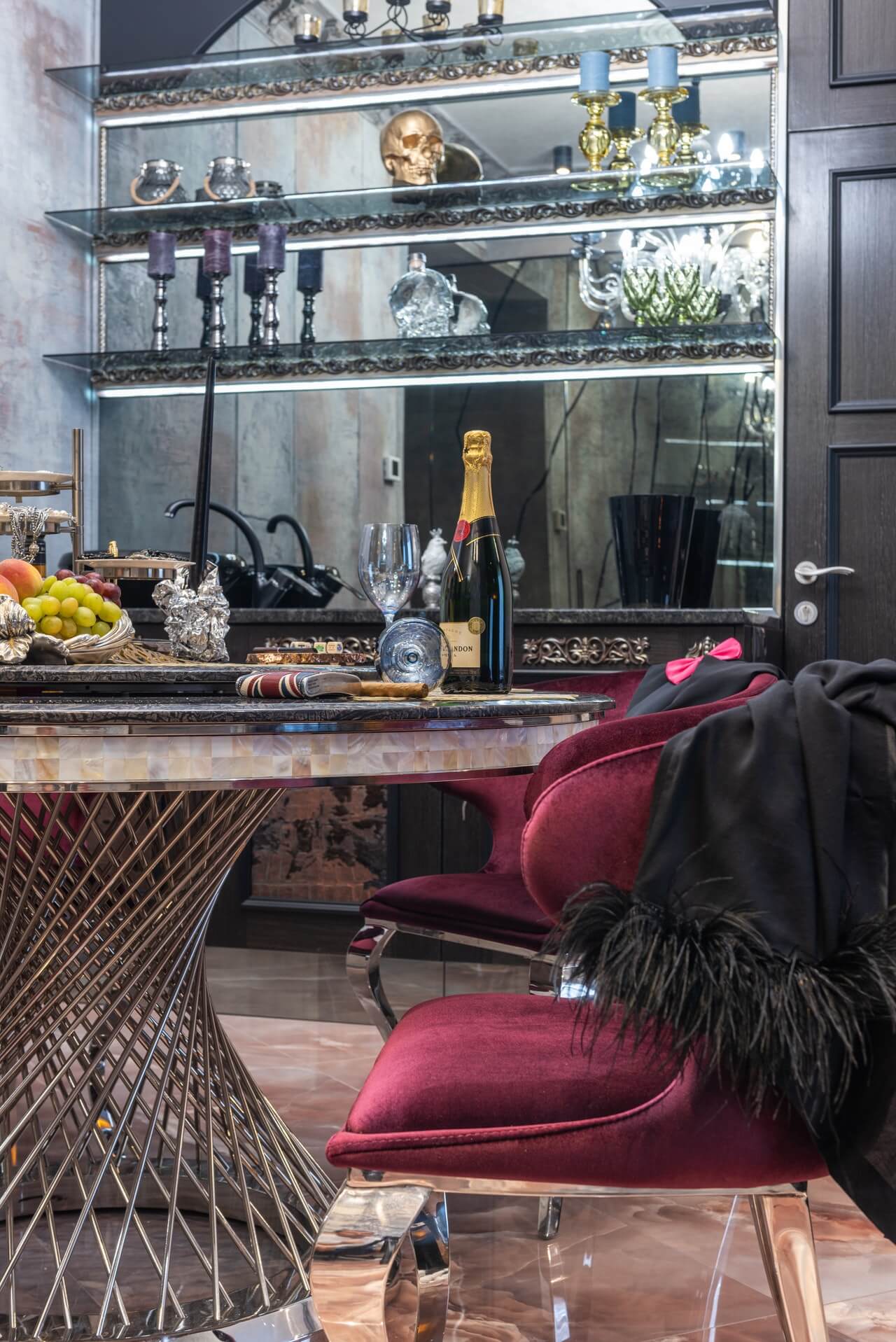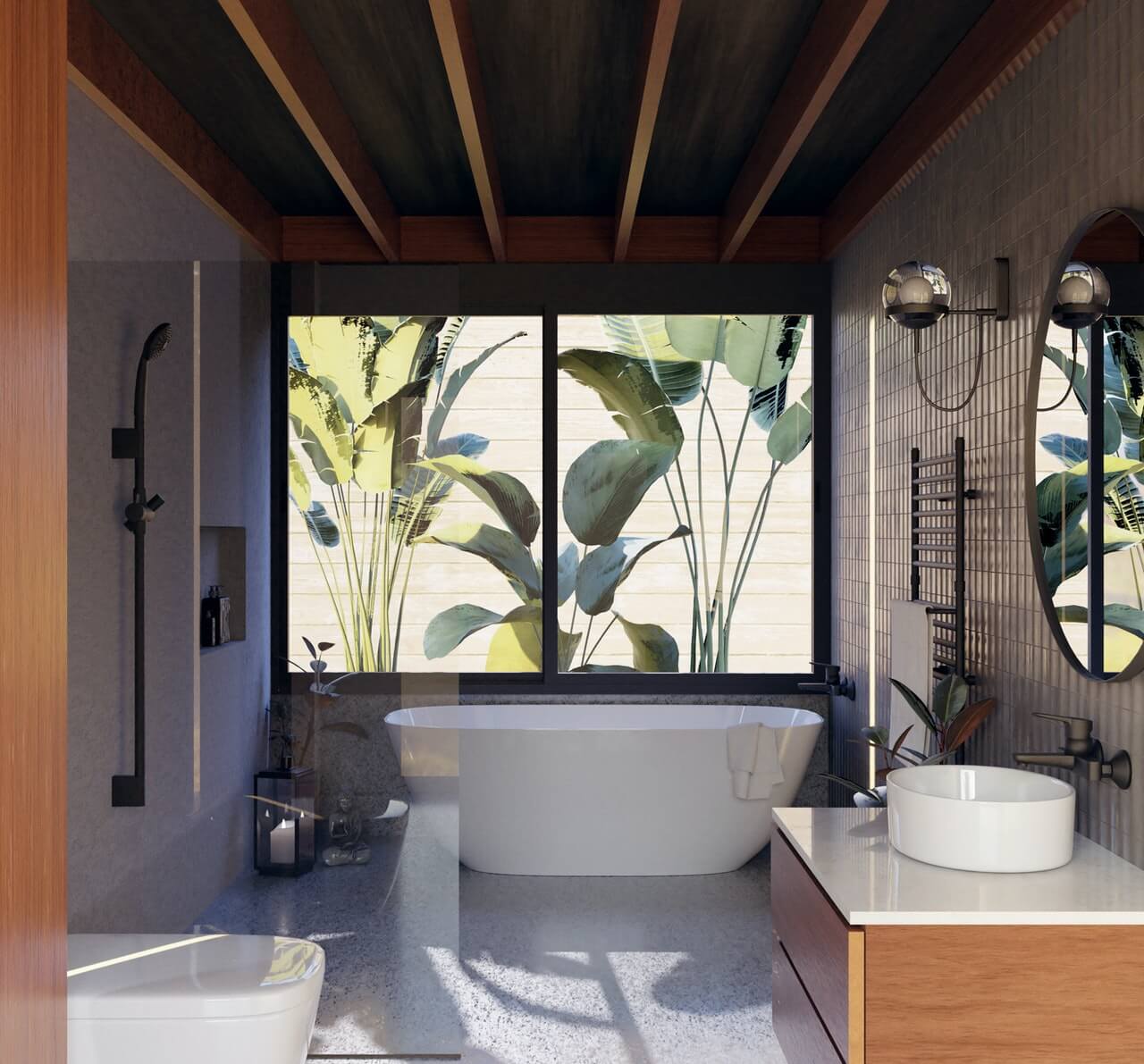There are a number of different types of interior design – it is all in the different styles you choose to use. Some of the most popular styles to work with are:
Rustic Style
Urban Chic
Mid-Century Modern
Scandinavian
Contemporary
Nautical
Farmhouse
Minimalist
Bohemian
Industrial
By no means is this list comprehensive, but it does give designers a good place to start. Regardless of the style you choose, what is most important is you stay on brand through and through. Each of the different styles involves its own color palette, pieces of furniture, wall art, rugs, etc. While some styles will come easier to you just based on your personal preference, it is important for you to gain knowledge and learn a little bit about everything when it comes to different style options.
Most of us consider interior and spatial design to be the most common type of interior design work, but did you know that there are also other types of interior design that can have you working on movie sets and in some of your favorite retail shops?
We’ll start by describing the most common style of interior design, but we recommend keeping yourself open to these other styles as well:
As a spatial and interior designer, your job is all about renovating and designing internal spaces. You’ll be spending your time considering lighting, furniture, colors, and floor planning.
In some instances, you’ll be working in residential settings (i.e. helping a client redesign their home), but in other instances, you’ll be working in more commercial settings (i..e designing restaurants, office spaces, etc.). For most, you’ll either specialize in residential spaces or commercial spaces. In fact, you’ll even find in some instances, designers will specialize down into what type of space they work with (i.e. some designers will specialize specifically in restaurant design, and others might specialize in office spaces).
Planning the project, managing timelines, and hiring contractors to complete the work
Considering human needs (i.e. how will the space function, what do the client require from their space)
Managing budget concerns/figuring out where to allot money
Sourcing materials
Using software to plan out the project
Coordinating with different teams
Supervising work
Staying up to date with design trends
If you’ve ever had the desire to work in museums, galleries, and libraries, this is a great option for you. Exhibition designers work on large-scale, commercial projects that you’ll often see in public spaces like museums, galleries, and libraries.
Your job is all about understanding the aesthetic of the client and coming up with a plan that helps execute their vision. You’ll need to consider things like messaging, concept, and image, all while strongly taking the client’s vision, aesthetic, and brand into account. This style of design can be very specific and requires a keen eye for detail.
Getting a detailed account of the client’s vision and aesthetic
Understanding the branding and aesthetic of the client
Developing and planning a concept that fits the client’s vision using software
Presenting ideas to the client in a professional, well thought out, visually appealing manner (i.e. you need to communicate your ideas to the client and get them on board with your plan)
Managing budgets/figuring out where to allot funds
Keeping track of timelines, budgets, schedules, and orders
Understanding building codes, (i.e. some museums will have strict conservation requirements)
Keep in mind these responsibilities will vary slightly depending on what type of exhibition you are working on, but in general, you can expect all these responsibilities to pop up.
As a production designer, you have the responsibility of helping to design the sets you see on television, movies, and theater. You’ll also be tasked with considering lighting, costumes, props, graphics, and even camera angles. Essentially, your whole mission as a production designer is to help create a world that feels realistic and in line with the story that is being told. Not too surprisingly, this takes a lot of creative talent and the ability to juggle multiple projects at once.
Production designers will also want to have some background working in television, movies, or theater. Whether that be hands-on experience or some type of education in these fields, knowing these industries will help significantly.
Understanding the story being told (i.e. diving deep into the script)
Research, especially for period pieces where you’ll want to create a scene that is historically accurate
Considering budget and allotting funds
Sketching sets
Researching locations and studios
Sourcing materials for set design
Coordinating/managing the art team, camera operator, actors, set designers, lighting team, costume designers, etc.
Overseeing the construction of the set
Monitoring progress and maintenance of the set throughout production
If you have an interest in fashion, this is where you’ll find your talents are put to best use.
Visual merchandisers are responsible for the feel and aesthetic you experience when you walk into a store. Whether it be window displays, the way the clothing is hung, how the store is laid out, or the way in which a mannequin is dressed, visual merchandisers consider all the visual aspects of a retail shop.
In other words, your job as a visual merchandiser is to engage, attract, and entertain the brand’s target market through the visuals used throughout a retail shop.
Coordinating with other members of the brand’s team to get a better feel for the overall aesthetic (i.e. need to work with the buying team to know what clothing pieces will be in store next season in order to come up with your store plan)
Staying up-to-date with fashion trends
Staying on top of sales strategies in order to better understand how to display items effectively
Sourcing lighting fixtures, furnishings, props, etc.
Staying on top of the budget
Creating visual guidelines for multiple stores so visuals are consistent across the brand
Supervising multiple store locations to ensure consistency


